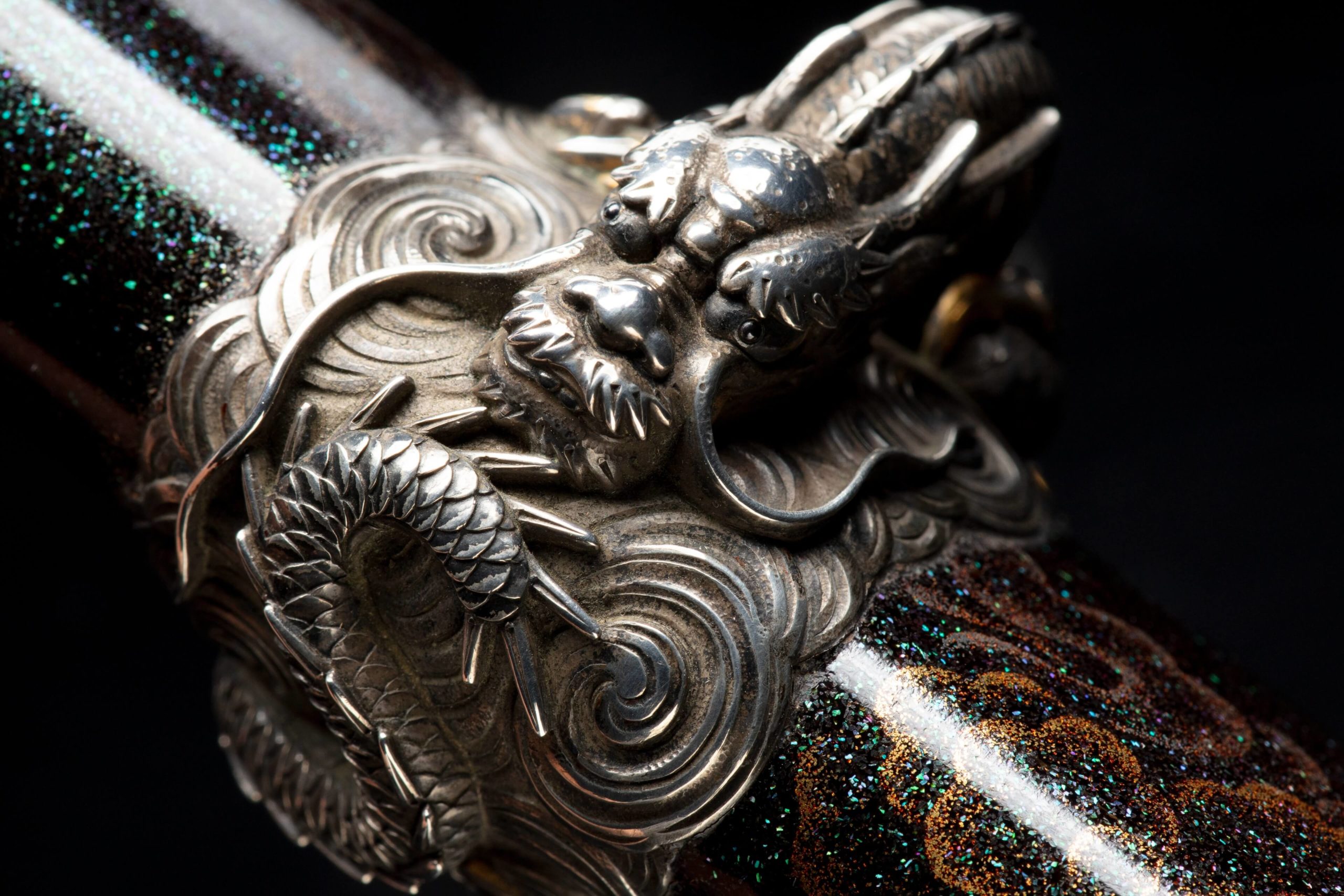
Frequently Asked Questions
Sword “polishing” is a comprehensive process that refines and preserves the shape of the sword and brings all the details of the sword’s craftsmanship visible to the naked eye, but more importantly preserves the sword as a historic ethnographic art object. The process, by nature of application, is one that diminishes the mass of the sword, so the crucial objective of polishing is to remove the absolute minimum of material from the sword as possible. The paradox is that by removing damage and rust, which diminishes the sword’s mass, a master polisher can extend the life of the sword and its enjoyment for future generations to study and appreciate. In this regard, the polishing of a Japanese sword is related more to art conservation, than just purely a restoration process. Therefore, polishing a Japanese sword should only be undertaken by someone who has received proper and comprehensive training. It is not in a category of “do it yourself.”
The polishing process for an average Katana can take two full weeks of work, or even longer depending on the amount of damage or rust to which the sword may have been subjected.
There are two main parts to polishing a Japanese sword, each part consisting of several sub-steps; the foundation polish, or “shitaji togi”, and the finish polish, or “shiage togi”.
In the shitaji togi, the polisher begins by sitting on a special platform called a “togi dai”. The stone is placed on a raised block support in front of the polisher and secured with a wooden clamp by the polisher’s feet. A bucket of water is also in front of the polisher for wetting and rinsing the sword and stone. The sword is held in the hands and rubbed on the stone in carefully orchestrated patterns and angles that change in direction and length as the sword is progressed from course grits into finer ones. Shitaji togi generally requires six different stones in coarseness from about 240 grit through 15,000-20,000 grit.
Upon completion of shitaji togi, the sword will begin shiage togi which will further reveal and refine details of the sword’s craftsmanship and metallurgical features. It involves applying carefully prepared thin flakes of very finely grained stones with the fingers to further remove fine scratches remaining from the shitaji togi, and bring uniformity and depth to the finish. Shiage togi also involves applying various compositions of ultra-fine abrasive powders in an oil suspension which further refine details of the sword’s features and coloration. Finally, some surfaces of the sword are burnished to a mirror finish with a special set of burnishing tools.
The cost for polishing a Japanese sword is based on its length. The sword is measured along the spine of the blade from the notch (called a “munemachi”) at the top of tang to the tip of the blade. That length in inches is multiplied by $125 per inch. Thus a sword that measures 27 inches from notch to tip, will cost $3,375.00 to polish. Cost can be more if the sword is unusually long, has a complex shape, or has significant damage that needs to be addressed outside a general polishing protocol.
I receive swords from throughout the world from a variety of individuals, but predominantly from North American or Japanese sources. I also buy from, and sell to, various collectors, dealers, antique and curio shops, and even the descendents and heirs of veterans who brought them home as war souvenirs.
My education in polishing started with my first teacher, Michael Christianson, who owned a shop distinctly dedicated to Japanese swords (Masamune Sword Shop) in Loma Linda, California. “Mikey” and I were acquainted before I took a focused interest in antique Japanese swords. I would visit his shop on occasion looking for other antique items and also to satiate my curiosity of Japanese swords. At the time, I was a dedicated martial artist and had begun an exploration of sword polishing by working on modern monosteel blades for martial arts purposes. These blades were made by American knife maker, Bob Engnath, and a couple of other western knife makers. However, my fascination and interest in traditional Japanese swords grew exponentially to the degree that I wanted to train in polishing and restoring traditional Japanese swords. Michael had been trained by one of the foremost polishers and authorities on Japanese swords outside of Japan, Robert Benson, in Honolulu, Hawaii. Robert Benson began his study of sword polishing in the 1960’s while stationed in Japan serving in the US Air Force. He studied under a variety of teachers and became a student of Kokei Ono, a master sword polisher designated as one of Japan’s “Holders of Intangible Cultural Assets,” also sometimes referred to as “National Living Treasures.” After some repeated appeals, Michael finally agreed to begin teaching me traditional sword polishing and restoration. I remained under his mentorship for several years until he proudly expressed to me that my skills had surpassed his own and suggested that I seek a higher level teacher to elevate my skills even further.
While visiting Tokyo in 2013, I was introduced to Watanabe Masahiko sensei, who would become my next teacher and guide me to achieve even higher refinement and deeper understanding. Watanabe sensei was himself a student of another National Living Treasure polisher, Fujishiro Matsuo, in the the 1960’s. I moved to Japan and became the first and only student that Watanabe sensei has ever accepted in his four decades as a polisher.
Sadly, Watanabe sensei passed away in 2016, but I still consult and seek the advice of Mike Christianson and Mr. Benson to this day, and will forever seek as much knowledge and improvement as I can.
I do not offer formal appraisals for value, but do occasionally offer casual evaluations of swords for the purposes of determining age, origins, and makers.
Swords must be evaluated in person, in hand, to determine their candidacy for restoration work, and if the sword merits the time, cost, and effort that will be required. However, a sword’s “candidacy” for restoration can carry a variety of considerations unrelated to monetary value. Sentiment or historic importance can play major parts in the decision to embark on restoration. Each sword and each situation is different, but in general, consideration for accepting a sword for restoration is made only after the sword is examined in hand, and the various considerations are discussed with the owner.
In most cases; very sharp. Japanese swords have always held a reputation of being among the sharpest swords ever made. However, one must always bear in mind the differences between legends and facts. Cinema, mythology, and stories carried from “grandpa’s knee” habitually depict the Japanese sword beyond realistic context. That said, they can be impressively sharp, and therefore have rightfully earned an intimidating reputation.
This is a complicated question because of the variety and severity of damages that can occur to a sword over its lifetime. However, many types of damages can be repaired, or at least mitigated. If damage is so severe that by removing it, the sword may otherwise be compromised, then some or all of that damage may be left in favor of conservancy of the overall sword. The sword must be evaluated in hand before work commences, and even continually during the process of polishing to best determine to what degree damage can be mitigated.
